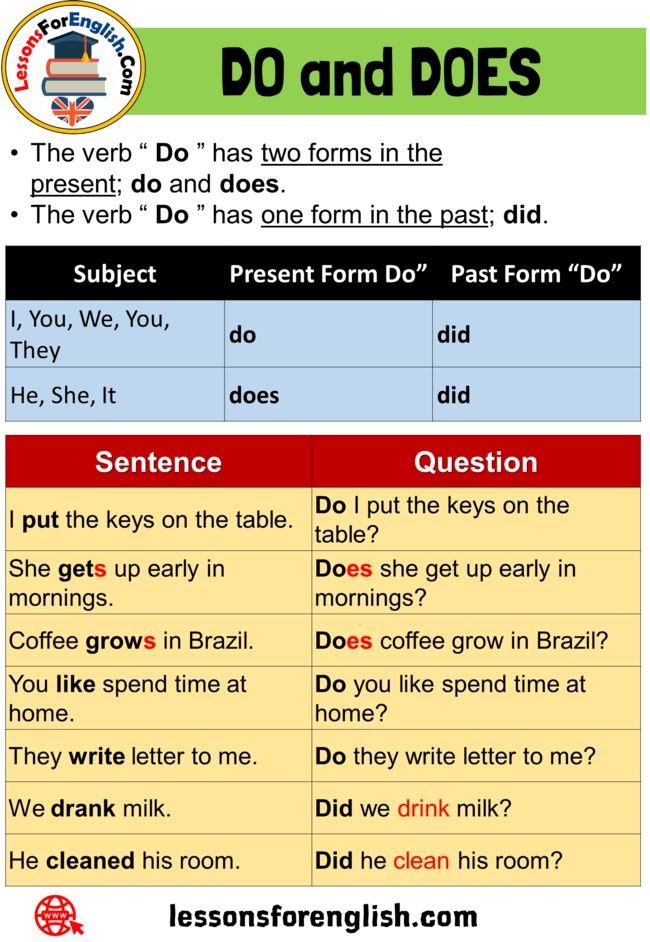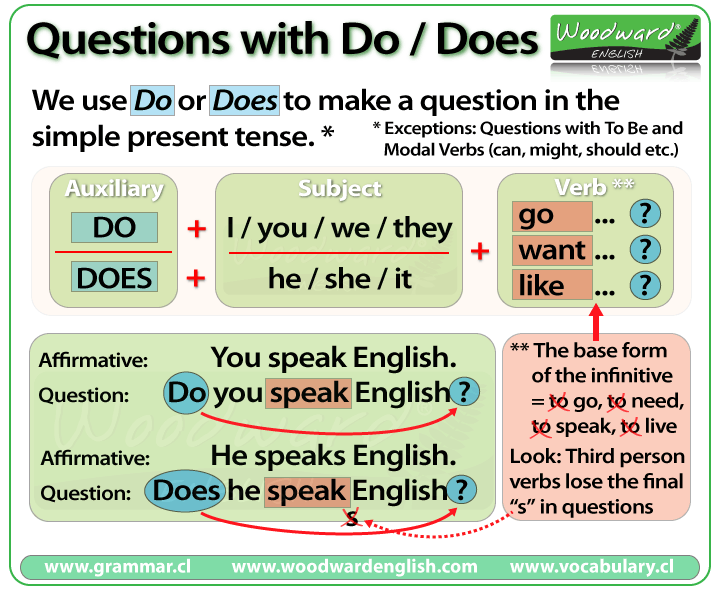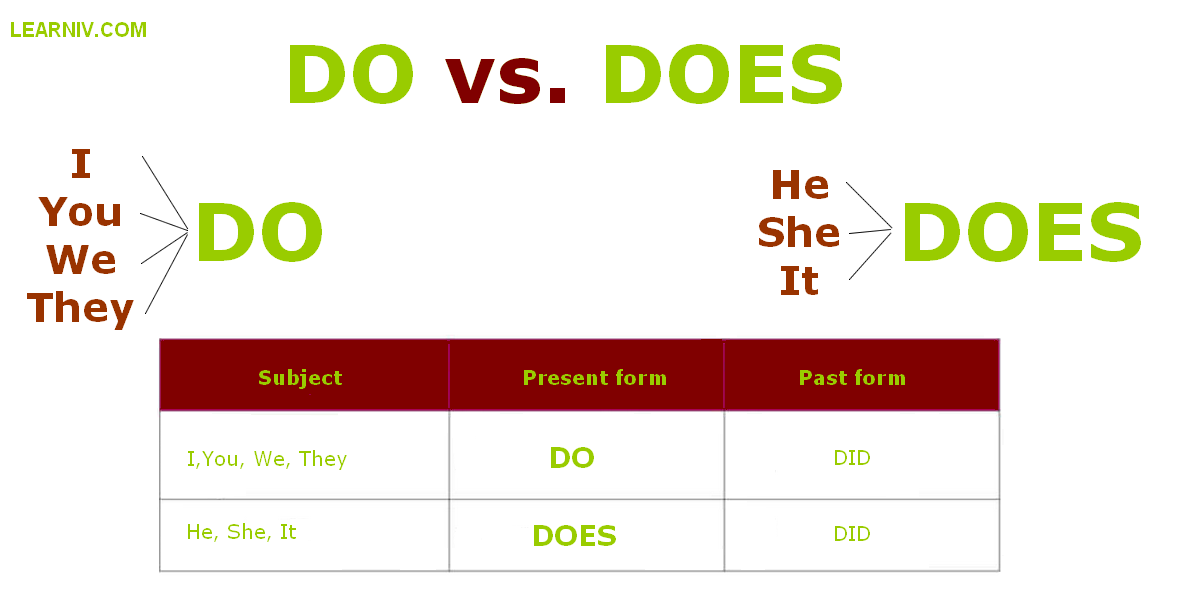Unlocking Growth: The Strategic Role of Public Relations in Modern Marketing
Introduction: Understanding Public Relations in Marketing
In today’s highly competitive and information-rich marketplace, organizations must do more than promote products-they must build trust, shape perception, and foster lasting relationships with their audiences. Public relations (PR) is a strategic function within marketing that helps companies achieve these goals by managing how they are perceived by the public, media, and stakeholders. [3] While marketing as a whole focuses on driving sales and increasing awareness, PR brings a distinct emphasis on reputation, credibility, and narrative-all crucial for long-term success.
What Is Public Relations in the Context of Marketing?
Public relations in marketing involves the use of tactics and strategies to generate positive brand equity, build a favorable image, highlight major developments, and ultimately contribute to business growth. [4] Unlike paid advertising, PR primarily leverages earned media -such as press coverage, organic social mentions, and influencer partnerships-to reach audiences.
Key PR activities within marketing include:
- Building and nurturing relationships with journalists and media outlets
- Crafting and distributing press releases
- Designing and executing social media campaigns
- Monitoring and managing brand mentions and public sentiment
- Responding to crises and negative publicity
- Organizing promotional events or media briefings
By focusing on these areas, PR helps create a compelling brand story that resonates with both current and potential customers, reinforcing marketing objectives. [3]
How PR Differs from and Complements Marketing
Although PR and marketing are closely related and often work hand-in-hand, there are important distinctions:
- Objective: Marketing aims to directly increase sales and market share, while PR focuses on building and maintaining a positive image and strong relationships with the public. [1]
- Channel: Marketing often uses paid media (ads, promotions), whereas PR emphasizes earned and owned media (news coverage, social media engagement).
- Measurement: Marketing success is commonly tracked via sales, conversions, or leads; PR success is measured through media mentions, sentiment analysis, and reputation metrics. [2]
Despite these differences, integrating PR into the marketing mix can produce synergistic effects, amplifying brand reach, trust, and loyalty.
Core Functions and Strategies of PR in Marketing
Media Relations
Effective PR in marketing starts with cultivating relationships with journalists, bloggers, and influencers who can amplify your brand message. This involves:
- Identifying relevant media contacts in your industry or niche
- Providing timely, newsworthy updates through press releases or pitches
- Offering expert commentary or insights to gain organic exposure
Real-world application: A technology startup may build relationships with tech journalists to secure feature articles and reviews, which can rapidly boost credibility and attract new customers.
Crisis Communication and Reputation Management
PR plays a vital role in protecting and restoring brand reputation during crises. This involves:
- Monitoring media and social channels for negative mentions
- Responding quickly and transparently to concerns
- Crafting messaging that demonstrates accountability and corrective actions
Example: When a consumer product faces a recall, a well-executed PR strategy can minimize reputational damage by communicating openly with stakeholders and outlining remediation steps. [4]
Storytelling and Content Creation
PR professionals are experts at crafting compelling stories that humanize brands and engage audiences. This includes:
- Developing brand narratives that highlight core values and achievements
- Showcasing customer success stories or impactful case studies
- Collaborating with marketing to ensure cohesive messaging across all channels
For example, a healthcare provider might use PR to share patient testimonials and community initiatives, reinforcing trust and goodwill.
Event Management and Brand Visibility
Organizing and promoting events-such as product launches, panel discussions, or webinars-can generate significant media attention and audience engagement. Steps to maximize impact include:
- Identifying key objectives and target attendees
- Coordinating logistics and inviting media representatives
- Leveraging social media to amplify event reach
Alternative approaches: For organizations unable to host large in-person events, virtual events and live online broadcasts offer accessible alternatives for boosting visibility.

Source: sjpl.org
Getting Started: Implementing PR in Your Marketing Strategy
Organizations interested in leveraging PR for marketing should follow these steps:
- Define clear objectives (e.g., improve brand awareness, manage reputation, support product launches).
- Identify key stakeholders and audiences.
- Develop a consistent messaging strategy aligned with overall marketing goals.
- Build a media list and establish relationships with relevant journalists and influencers.
- Create a calendar for press releases, media pitches, and events.
- Monitor media coverage and public sentiment using social listening tools.
- Regularly evaluate outcomes and adapt strategies accordingly.
For businesses new to PR, consider consulting with an established PR firm or agency. These organizations often have existing media connections and can help craft a tailored strategy. To find reputable PR firms, you can:
- Search for “top PR agencies” alongside your industry or location using a search engine
- Review agency portfolios and client testimonials
- Reach out directly to schedule consultations and discuss your goals
Alternatively, many professional associations, such as the Public Relations Society of America (PRSA) , provide directories and educational resources for both individuals and organizations seeking PR support.
Challenges and Solutions in PR for Marketing
While PR offers unique advantages, it also presents challenges:
- Measuring Impact: Unlike paid advertising, PR results can be harder to quantify. Solutions include using media monitoring tools, tracking sentiment, and setting specific KPIs like media mentions or share of voice. [3]
- Media Saturation: With countless brands competing for attention, achieving meaningful coverage requires tailored, newsworthy angles and persistent outreach.
- Crisis Management: Negative publicity can escalate quickly, but a proactive crisis plan and transparent communication help mitigate risks.
Alternative approaches involve integrating PR with content marketing and social strategies, increasing the likelihood of reaching audiences across multiple touchpoints.
Accessing PR and Marketing Resources
To access additional PR and marketing resources, consider the following pathways:

Source: facebook.com
- Visit the official Public Relations Society of America (PRSA) website for educational materials, news, and professional development opportunities. You can search “PRSA” or access their resource center for guidance on best practices.
- Review business news outlets and marketing publications for real-world case studies and PR trends. Reputable sources include Forbes and Adweek .
- For actionable insights on integrating PR and marketing, search for webinars or online courses from accredited institutions or professional bodies.
If you need professional assistance, most PR agencies will provide an initial consultation to discuss your needs and outline their approach. To find an agency:
- Search using terms like “best PR agencies near me”
- Review rankings on trusted business directories
- Contact agencies directly to request service details and proposals
Key Takeaways: The Value of Public Relations in Marketing
Public relations plays a critical and evolving role within marketing by shaping brand narratives, managing reputation, and building lasting relationships. When strategically integrated, PR amplifies marketing results, strengthens trust, and positions organizations for sustainable growth. Whether you are a new startup or an established enterprise, adopting a PR mindset can unlock new opportunities and help you navigate both challenges and successes in today’s dynamic marketplace.
References
- [1] University of Phoenix (2023). Public Relations vs. Marketing for Business.
- [2] PRLab (2024). What is Public Relations? The Definition of PR.
- [3] Cision Asia (2023). What Is Public Relations in Marketing? Definition & Examples.
- [4] Cision (2024). What is PR in Marketing?
- [5] Deskera (2025). What is PR Marketing?
- Public Relations Society of America (2025). Professional Resources and Directories.
MORE FROM todayhiring.us













